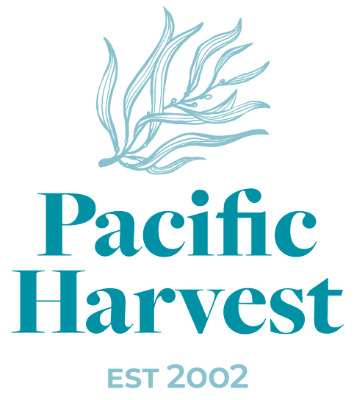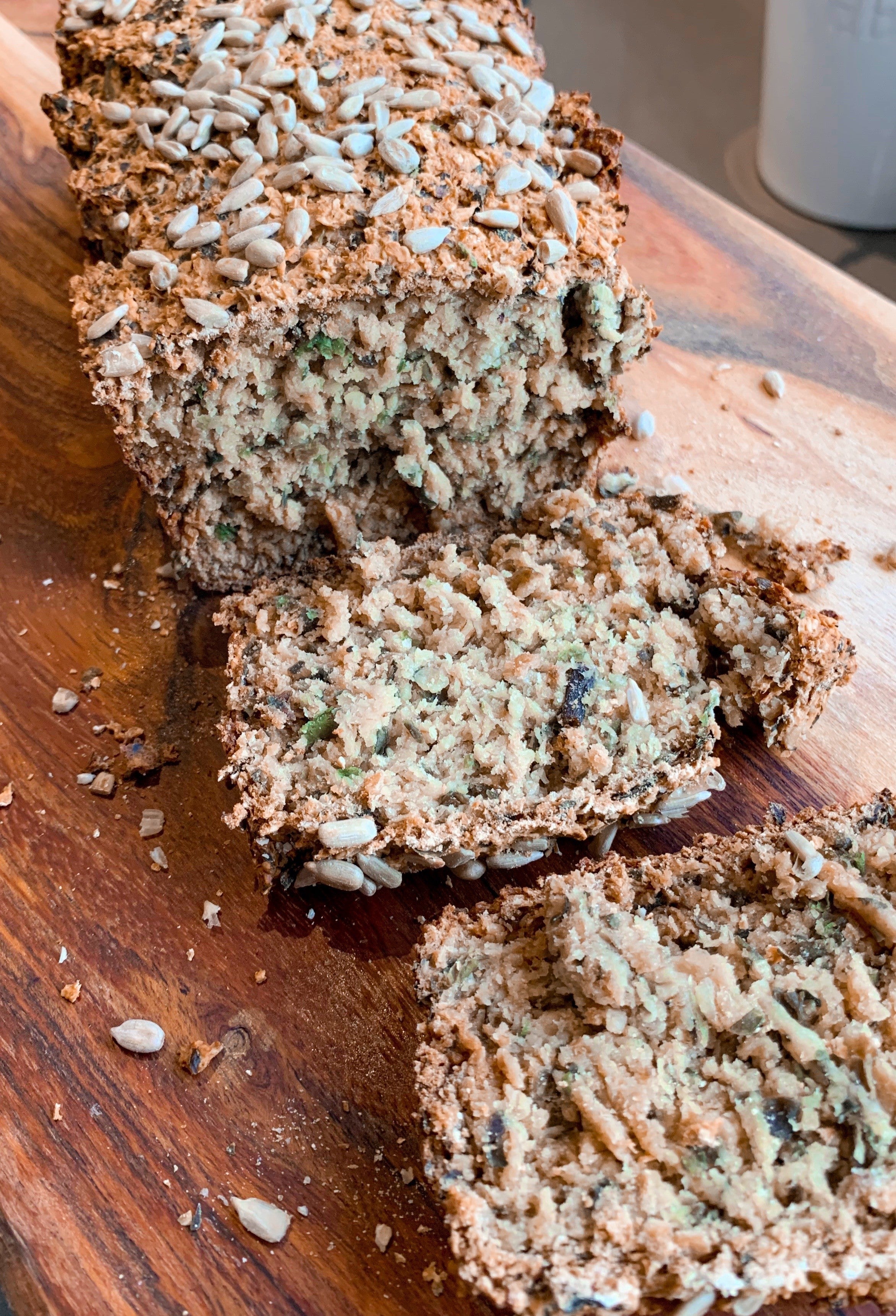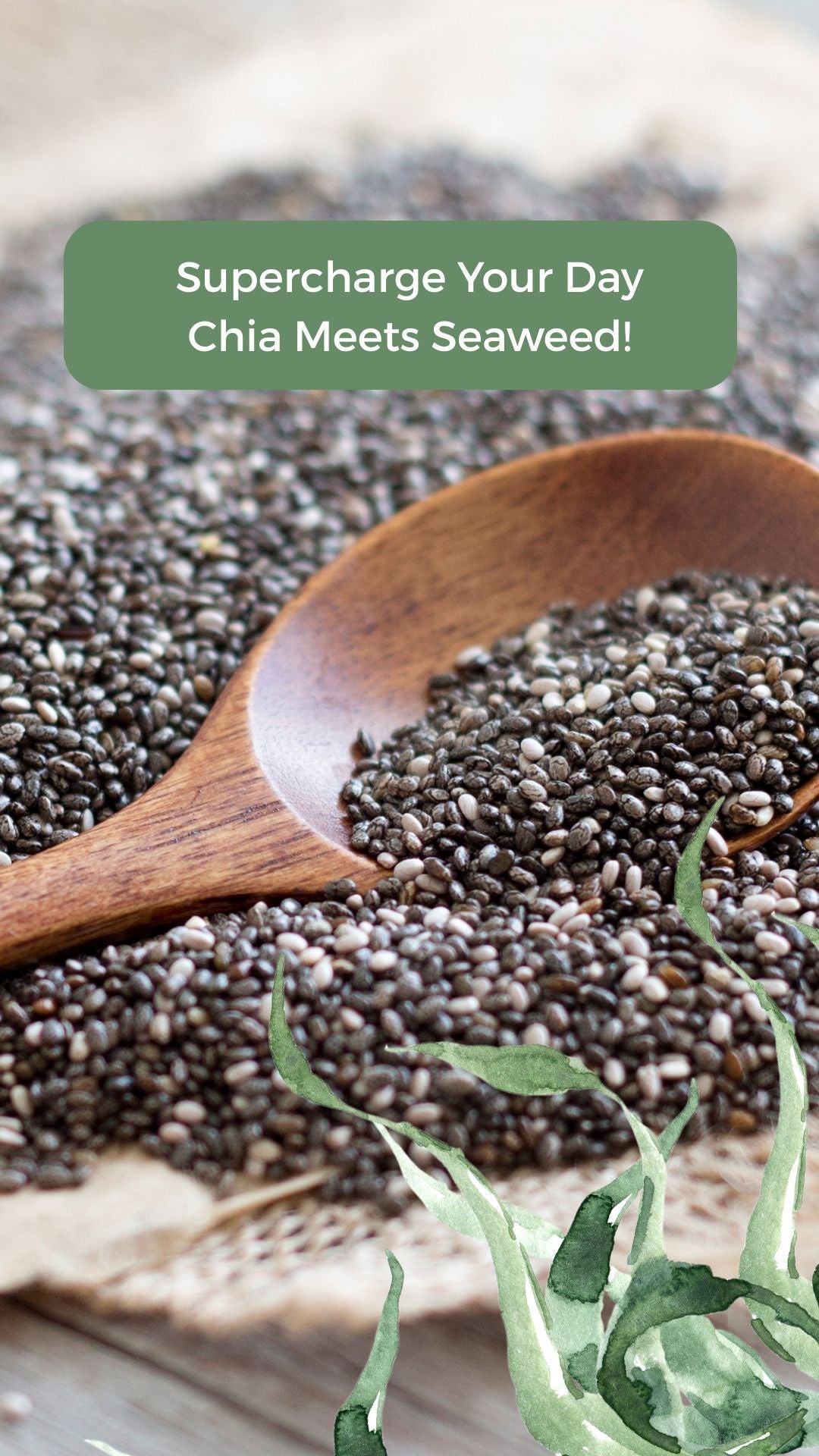Celtic Salt seems to have been a craze in recently times, so we thought we would do some investigation and see what the literature reveals when comparing the nutritional value of celtic salt to seaweed. Our primary consideration in this comparison is their respective mineral content and overall nutritional value.
First, we delve into celtic sea salt to discover what the hype is about, then look at seaweeds, before comparing the two and providing our informed opinion! Not surpisingly seaweed comes up trumps...read on to discover more.
What is Celtic Sea Salt’s Nutritional Value?
Celtic sea salt is widely touted for its mineral content, which includes trace amounts of magnesium, calcium, potassium, and various other minerals. Unlike regular table salt, it is harvested naturally and minimally processed, preserving its mineral content.
A summary of the literature presents to the following benefits of celtic sea salt:
- Mineral content: While the specific composition can vary slightly depending on the source and processing method, Celtic sea salt generally contains a variety of essential minerals in trace amounts. Key minerals it offers include magnesium, calcium, and potassium, which are essential for various bodily functions such as bone health, muscle function, and electrolyte balance.
- Health benefits: The trace minerals in celtic sea salt may contribute to better hydration, improved muscle function, and enhanced nerve transmission. However, the actual health impact is relatively minor compared to other dietary sources of these minerals.
- Sodium content: Sodium is critically important mineral for human health. However, it’s important to note that celtic sea salt, like all salts, is very high in sodium, which can contribute to hypertension and cardiovascular issues if consumed in excess.
Celtic Sea Salt does not offer vitamins and anti-oxidants, or dietary fibre.
Variability in Mineral Content of Celtic Sea Salt
The mineral composition of celtic sea salt can vary slightly depending on factors such as the location it was harvested from, and the specific methods used during production.
However, the concentrations of these trace minerals in celtic sea salt are generally very low when compared to the major components - sodium and chloride. The additional minerals in celtic salt are relatively small and may not significantly contribute to the daily recommended intake of these nutrients. So, it’s important to consider celtic sea salt as a supplementary source of minerals rather than a primary one. For a more significant nutritional impact, consuming foods rich in these minerals, such as vegetables, fruits, nuts, seeds, and seaweed, would be more beneficial.
What is Seaweed’s Nutritional Value?
Seaweed is a nutrient-dense food that has been consumed for centuries, particularly in Asian cultures. It is known for its high mineral content, including iodine, calcium, iron, magnesium, and a host of other essential nutrients.
The academic literature on seaweed highlights several key points:
- Mineral content: Seaweed is exceptionally rich in minerals, particularly iodine, which is crucial for thyroid function. It also contains significant amounts of calcium, magnesium, and iron.
- Health benefits: Regular consumption of seaweed has been linked to various health benefits, including improved thyroid function, enhanced immune response, better gut health due to its fibre content, and potential anti-cancer properties.
- Vitamins and antioxidants: Seaweed is a good source of vitamins A, C, E, and K, as well as various antioxidants that can help protect cells from oxidative stress.
- Dietary fibre: Seaweed is high in dietary fibre, which can aid digestion and promote gut health.
- Sodium content: Seaweed also contains sodium (and potassium) so offers a salty taste, but much of this saltiness is due to the array of minerals it offers in higher quantities than when compared to any type of salt.
Variability in Mineral Content of Seaweed
Pacific Harvest’s seaweeds are all air dried, which preserves their natural mineral potency. It is true that different types of seaweeds offer different nutrients. Like celtic sea salt, the nutrient content of seaweed may also vary, depending on a variety of factors, such as time of harvest, area of harvest etc. Pacific Harvest recommends eating a range of seaweeds to enjoy the maximum nutritional value they offer.
Which Is Nutritionally Superior - Celtic Sea Salt or Seaweed?
When comparing the two, seaweed clearly stands out as the more mineral-rich and nutritionally beneficial option.
In summary:
- Nutrient density: Seaweed contains a broader and more significant range of essential minerals and vitamins compared to celtic sea salt. The concentrations of these nutrients in seaweed are also higher. Note, each seaweed offers a different mineral profile so eating small amounts of a range of seaweed is suggested to achieve maximum nutritional value.
- Health benefits: The health benefits of seaweed are more substantial, including its contributions to thyroid health, antioxidant protection, and gut health, among others.
- Sodium content: Seaweed is generally lower in sodium compared to celtic sea salt, making it a healthier option for individuals concerned about sodium intake.
- Dietary versatility: Seaweed can be consumed in various forms (e.g., dried, fresh, as a supplement) and incorporated into different dishes, providing versatility in dietary planning.

In conclusion, based on a review of the academic literature, while celtic sea salt can be a better alternative to regular table salt due to its trace mineral content, it does not match the comprehensive nutritional advantages offered by seaweed.
Consuming small amounts of seaweed regularly is generally more beneficial than using celtic sea salt. Seaweed's rich mineral and vitamin profile, coupled with its broader health benefits, make it a superior option for enhancing nutritional intake.
References:
-
Selina Naturally. (n.d.). Celtic Sea Salt®. Retrieved from https://www.selinanaturally.com/what-is-celtic-sea-salt
-
[Durlach, J. (2002). Magnesium Research. Trace elements in human and animal nutrition. Academic Press.]
-
[Rude, R. K., Gruber, H. E. (2004). Magnesium deficiency and osteoporosis: animal and human observations. The Journal of nutritional biochemistry, 15(12), 710-716.]
-
[World Health Organization. (2003). Diet, nutrition and the prevention of chronic diseases. Report of a joint WHO/FAO expert consultation. WHO technical report series, 916.]
-
[Mouritsen, O. G. (2013). Seaweeds: Edible, Available, and Sustainable. University of Chicago Press.]
-
[Brownlee, I. A., Fairclough, A. C., Hall, A. C., et al. (2012). Seaweed and human health. Nutrition Reviews, 70(10), 532-543.]
-
[Nisizawa, K., Noda, H., Kikuchi, R., et al. (1987). The main seaweed foods in Japan. Hydrobiologia, 151-152(1), 5-29.]
-
[Teas, J. (1981). The dietary intake of laminaria, a brown seaweed, and breast cancer prevention. Nutrition and Cancer, 2(3), 217-222.]
-
[Fitton, J. H. (2011). Therapies from Fucoidan; Multifunctional Marine Polymers. Marine Drugs, 9(10), 1731-1760.]
-
[Pereira, L., Critchley, A. T. (2019). The Seaweed Resources of the World. Springer.]




